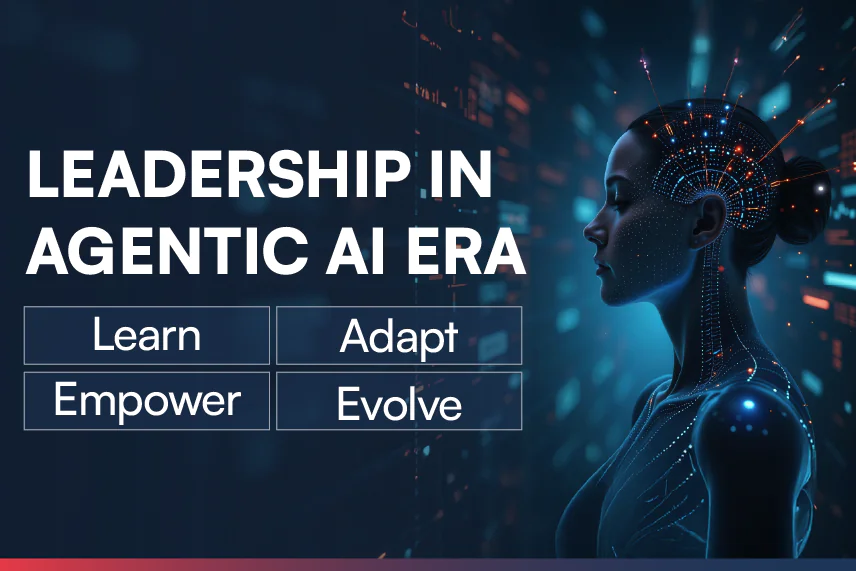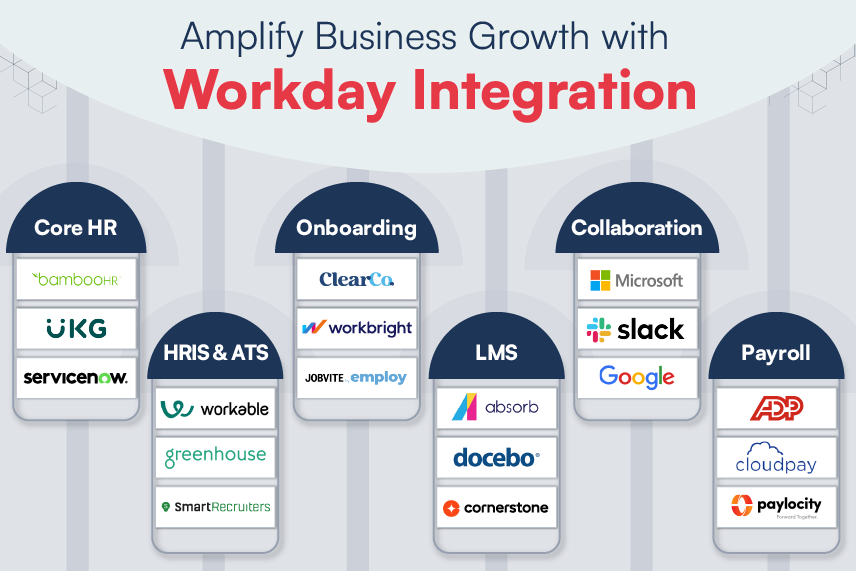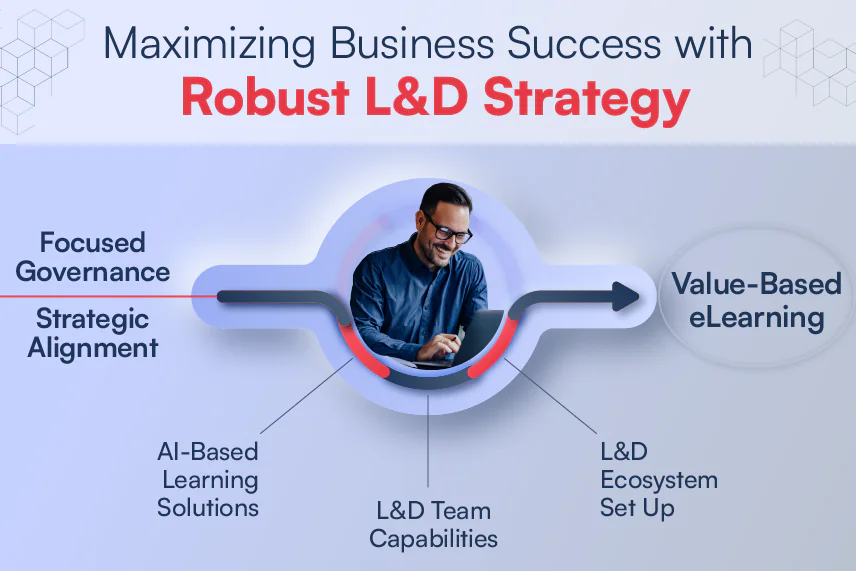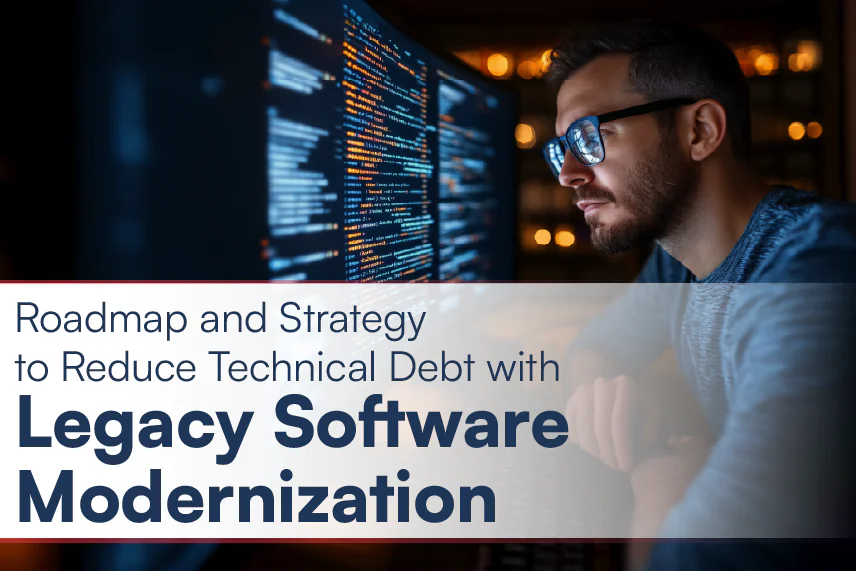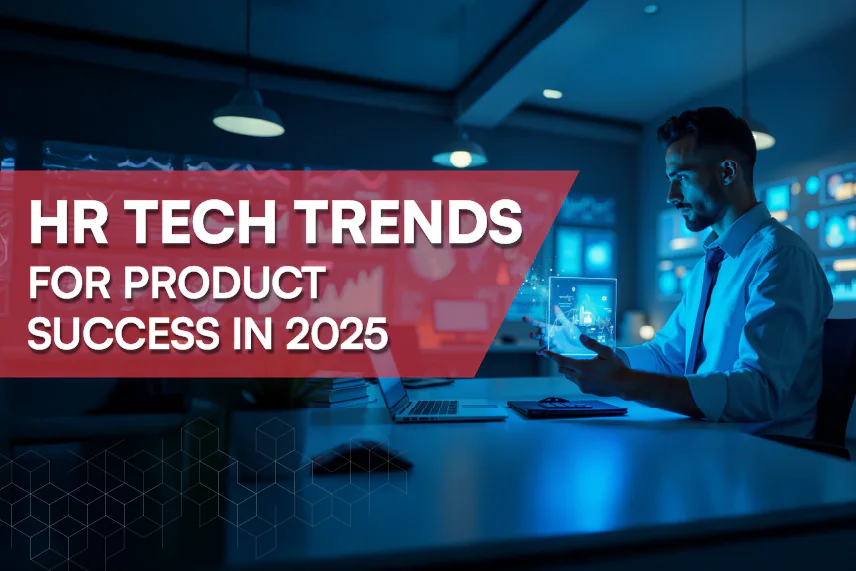
In my last blog, I spoke about how remote learning is strongly emerging as a positive intervention in the post pandemic situation. While we would all agree to the fact that the need for remote learning has been established, what we have to be sensitive about is the adoption rate. We, as L&D leaders and stakeholders, need to have some foundational beliefs, before we embark on a journey of implementing remote learning.
There are 5 key things which I would like to highlight:
- Learner engagement is a key priority.
With the evolution of the workplace, the role of L&D leaders is also evolving. One of the key jobs that we have on our hands is to keep our remote workforce engaged by bringing learning in the flow of their remote work. We need to proactively listen-in to the experiences of the learners and chart out a strategy accordingly. If we ever wanted to add agility in our playbook, the time is now.
- Remote learning isn’t the same as eLearning.
The speed at which some organizations across the globe have tried to move all their content digital, is certainly debatable. We must be mindful of such rapid shifts when we strategize our remote learning programs. The learning needs to be structured in a way that it does not overwhelm learners. There needs to be a fine balance between synchronous and asynchronous learning.
- Remote Learning is not the same as delivering an instructor-led training session on zoom or webex.
A live virtual instructor-led session is different than an in-person classroom session. Right from the presentation, group activities, to engagement points, everything is customized depending on the mode of delivery. And above all, the way the instructor needs to deliver the entire leaning experience is different in both the modalities.
- Remote learning is about exploring new options.
L&D leaders and practitioners need to be open to experiment and organize learning differently, away from the traditional mold. Flexibility and patience are some skills that all stakeholders need to display when we go about implementation of remote learning. Do not fret if you don’t get everything right at the first place. It might be an unknown territory for quite a few of us.
- Remote learning entails empathy.
We, as L&D stakeholders, need to show empathy towards the new normal. We need to be sensitive about sociological conditions of our learners and try to address some of them through our remote learning design strategy.
These foundational beliefs will eventually guide us around putting together a framework to implement remote learning. In our next blog, we’ll be looking at one such framework. I would love to know how you are strategizing remote learning in your organization. Comment below or drop a note at contact@harbingergroup.com.


